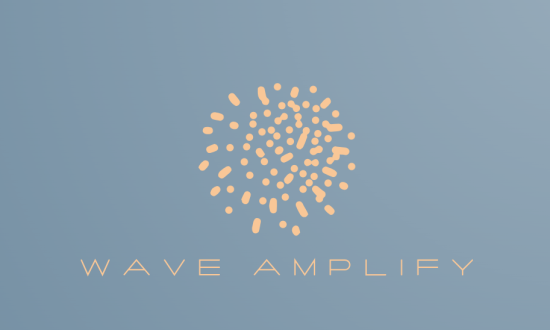Wave Amplify
Problem & Motivation
Applying for small business loans can be time consuming, tedious, and require quite a bit of manual effort, both from borrowers’ and lenders’ perspectives alike. According to the Federal Reserve Banks Small Business Credit Survey Results in 2022, across lending organizations, 50% to 80% of respondents had at least one challenge with the application process. The challenges highlighted in this survey ranged from the application process being difficult to borrowers facing a long wait time for credit decisions or funding.
We address these industry-wide challenges with the introduction of Wave Amplify, a platform enabling automated credit decisioning that is simple, fast, and efficient. The long-term mission of this project is to empower content creators and artists with the financial support they need to turn their creative passions into thriving careers while upholding the highest standards of fairness and inclusivity in lending.
Project Output
The Wave team has developed an MVP credit application for our prospective Wave customers. Our MVP is modeled after traditional lending applications but has been customized for our target market. Our Wave Application ingests the applicant's personal information, purpose of loan, and loan request amount and the passing of these inputs trigger a simulated credit pull. Our application then outputs an application decision, loan decision, and recommended products. The prototype is powered by our XGBoost model and product assignment matrix, which utilizes Lending Club data as a proxy credit bureau. We developed the application using Python, Streamlit, and FastAPI.
Data Source & Data Science Approach:
We utilized publicly available data from Lending Club, which includes loans issued over the time window spanning 2013 to 2015. Our goal with this dataset was the ability to predict the probability of default given a set of inputs. We started by performing exploratory data analysis and normalizing the underlying features within the dataset. Next, we performed feature engineering, analysis on feature importance, and applied a synthetic minority oversampling technique to balance our dataset. We performed feature selection by iterating on five different model constructs including (i) Logistic Regression, (ii) CatBoost, (iii) XGBoost Linear Regression, (iv) LightGBM, and (v) XGBoostTree, and tuning hyperparameters. Ultimately, we found XGBoostTree to offer the most valuable performance and the predictions of the likelihood of default were then fed into our proprietary risk scoring methodology to inform loan product recommendations.
Evaluation
We used a mosaic of metrics to evaluate model performance and analyze our results relative to our baseline. Primary metrics of evaluation included precision, recall, accuracy, and AUC-ROC curves.
Key Learnings & Impact
Through our work we learned how to bring to market an end-to-end automated credit decisioning platform that is simple, fast and efficient as well as different trade-offs associated with model constructs. We believe that our work provides an elegant solution to the challenges facing traditional lenders while also promoting the highest standards of fairness and inclusivity in lending.
Acknowledgements
It is with great pleasure that we acknowledge our professors and project advisors, Dr. Frederick Nugen and Dr. Ramesh Sarukkai for their exceptional guidance, wisdom, and mentorship. Under their tutelage, our team grew both personally and professionally over the course of the project.
We also take this opportunity to thank the faculty of the School of Information at the University of California, Berkeley for teaching us theoretical and practical skills that can be applied in a variety of business settings. We also thank Jared Maslin for sharing his insights on financial services and data privacy considerations as well as Professor James York-Winegar for providing us the tools to build our Wave Application. Finally, we give a special thanks to our families for their unwavering support in all things life.










